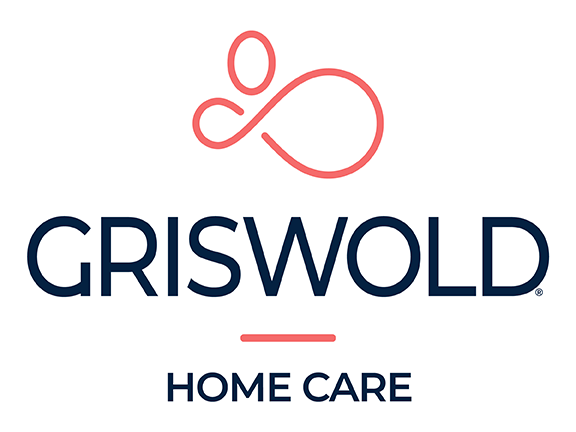Every woman dreads the diagnosis of breast cancer regardless of her age. Studies show that one out of eight women who reach the age of eighty in the United States will develop breast cancer at some  point in her life, and half of those cases will be women between the ages of sixty-five and eighty. These sobering statistics emphasize how important it is for older women to understand the current treatment and prognosis of breast cancer.
point in her life, and half of those cases will be women between the ages of sixty-five and eighty. These sobering statistics emphasize how important it is for older women to understand the current treatment and prognosis of breast cancer.
Breast Cancer Statistics & Findings
In 2011, there were an estimated 230,480 cases of invasive breast cancer in the United States and a total 39,520 deaths among women with the diagnosis. Of those diagnosed with breast cancer, 98,080 cases or forty three (43) percent were among elderly women over the age of sixty-five who also accounted for 22,660 deaths. There are also racial differences in incidence and mortality. White women are more likely to develop breast cancer, but African-American women are more likely to die from it. This higher incidence of mortality may be due to the availability of preventative treatment and access to care.
Despite its prevalence, breast cancer has declined from 1999 to 2005 in women fifty years old and older. One study believes that the reduction of hormone replacement therapy (HRT), has played a role in this reduction.
Treatment Options & Potential Potential Concerns for Older Women
Today there are many more treatment options for elderly women. Treatment for older women can be more difficult to come by. Doctors sometimes overlook or do not discuss all possible options with their patient. It is important for patients to be a real champion for themselves when it comes to their own health.
While it is sometimes difficult for older women to receive the same treatment options as younger women with breast cancer, those options are just as effective in older women as they are in younger. New studies show that women over the age of seventy do not need radiation therapy under certain conditions. An older woman with Stage One cancer and small tumors that are estrogen-positive and have not spread to the lymph nodes typically will have a lumpectomy.
A lumpectomy is a procedure that removes the tumor, leaving a small, cancer-free margin around the tumor area. The study shows that women that received a lumpectomy and tamoxifen compared to women that received a lumpectomy, tamoxifen, and radiation therapy both rarely died from breast cancer in the following ten years after the treatment. In addition, new drugs have been recently developed that are older adult-friendly, and which help reduce the toxicity in the drugs that, in turn, will be less harmful to the patient’s overall health and recovery.
Surgical treatments were once avoided for older women with breast cancer. That has now changed. Depending on the overall health of the patient, surgery from breast conserving surgery, (lumpectomy) to a mastectomy is an option.
Radiation therapy is used to kill the cancer cells. There are two types of radiation therapy – external beam and internal. Both may be used. With new technologies, the treatment period has been greatly reduced from six weeks to three weeks. Currently, clinical trials are looking at accelerated forms of radiation therapy that would be completed in as little as five days.
- Beyond radiation therapy and surgery, there are several types of drugs that can be effective when battling breast cancer:
- Targeted therapy is used for cancers that produce the HER2/neu protein. An antibody named Trastuzumab targets the protein that causes these types of cancers to grow quickly.
- Hormone therapy targets estrogen that can promote the growth of certain types of breast cancer. The therapy lowers the amount of estrogen that the body produces and keeps the estrogen from binding with cancer cells.
- Finally, chemotherapy is used when the cancer has spread from the breast to other areas of the body. Typically the treatment will last from three to six months. The best results for long-term survival are a combination of treatments and drugs.
Surviving Breast Cancer
The prognosis for elderly breast cancer patients is improving. In 2011, in the United States, there were over 2.6 million survivors of breast cancer. Over half of those survivors had received their diagnosis in the last ten years. A very recent study believes that proteins may be able to predict breast cancer prognosis.
Like any cancer, early detection and treatment is key. The sooner breast cancer is diagnosed, the higher the rate of survival.
